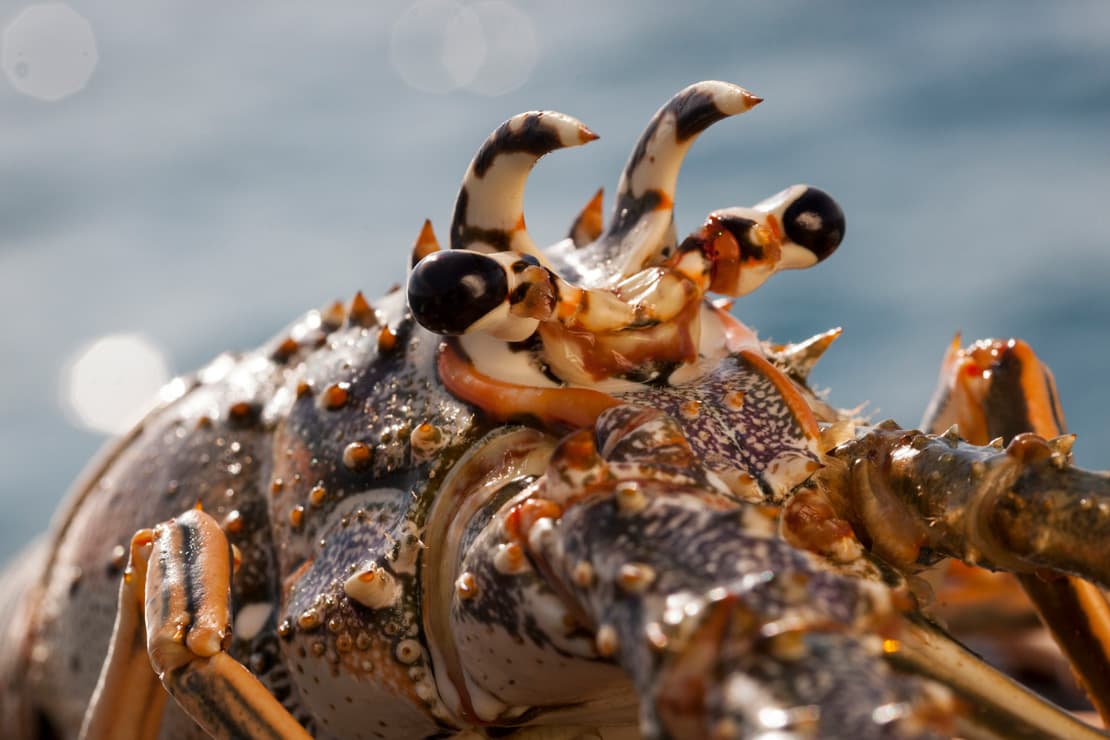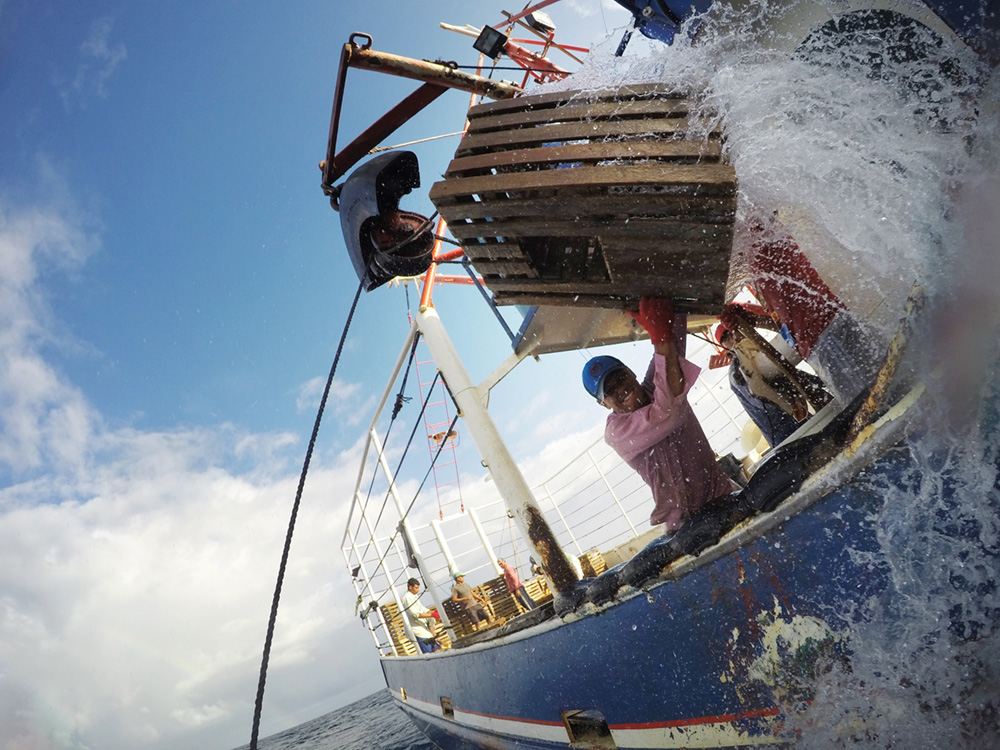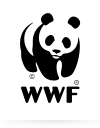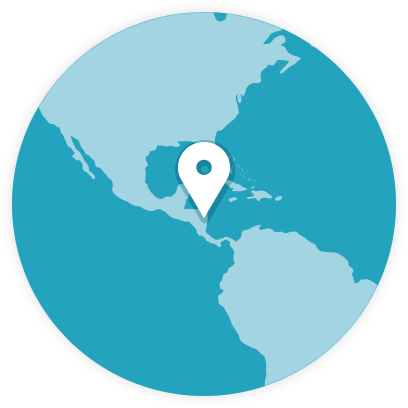Nicaragua Lobster
Entered MSC Assessment: September 2022
Last Updated: September 2022
Nicaragua is the largest producer of Caribbean spiny lobster in Central America. The fishery generates approximately $40 million dollars annually from exports, mainly to the United States. Thousands of Nicaraguans earn a livelihood through the fishery, from vessel owners and fishers to packing plant employees.
After working for several years with WWF and key partners on a fishery improvement project (FIP), the Nicaragua spiny lobster trap fishery entered the MSC full assessment process in September 2022 to achieve certification, a process which can take up to 18 months.
Critical issues that the FIP addressed included: the likelihood of illegal, unreported, and unregulated (IUU) fishing that weakens management of the resource and equitable access for local livelihoods and lack of new or improved data on stock status, bycatch, and habitat impacts from lobster traps.
Since 2012, the active involvement of FIP Stakeholders, including the Nicaraguan Institute for Fisheries and Aquaculture (INPESCA), and FIP Participants helped drive improvements against the MSC standard.

© Mac Stone/ WWF-US
Goals Achieved
FIPs provide a step-by-step approach to bring fishery management practices up to the MSC standard. With support from FIP participants and FIP stakeholders, the FIP achieved several important goals that enabled it to enter assessment for MSC certification, including:
FIP PARTICIPANTS
We encourage action across the supply chain to support FIP progress. A FIP Participant is an industry member that is part of the seafood supply chain for the FIP product and is actively engaged in supporting the FIP.
How Can I Become a FIP Participant?
A FIP Participant is an industry member that is part of the seafood supply chain for the FIP product (e.g., retailers, food service providers, suppliers, manufacturers, etc.) and is actively engaged in supporting the FIP. WWF-US encourages support of FIP participants, and will acknowledge FIP Participants on our sustainable seafood website and in other communications regarding our FIP work.
To be considered by WWF-US as a FIP Participant the participating entity is expected to follow the WWF-US FIP Participant Policy.
For more information about what a FIP is and how you can play a role, please contact info@nullseafoodsustainability.org.
Get Involved
Become a FIP Participant
By signing on to support a FIP you are joining forces with other leaders in the industry that seek to help conserve marine ecosystems, protect livelihoods, and increase the number of sustainable fisheries and the overall supply of sustainable seafood.
 © Antonio Busiello | WWF-US
© Antonio Busiello | WWF-US



